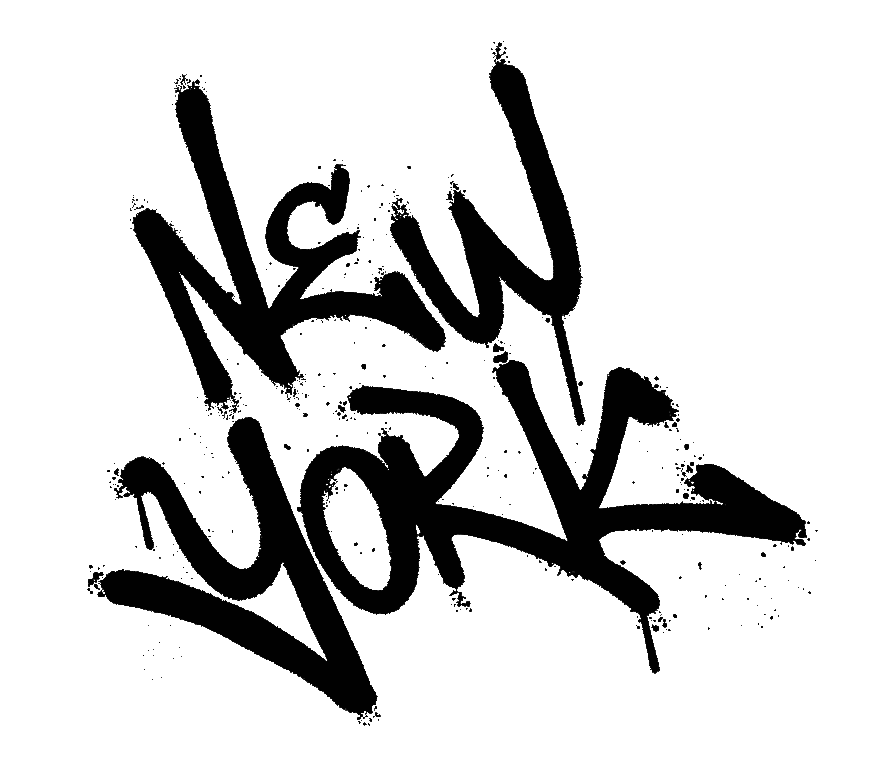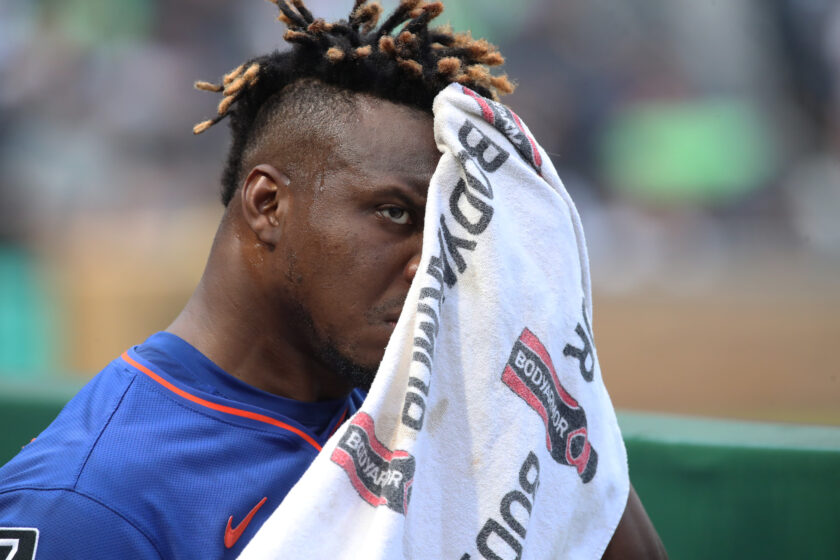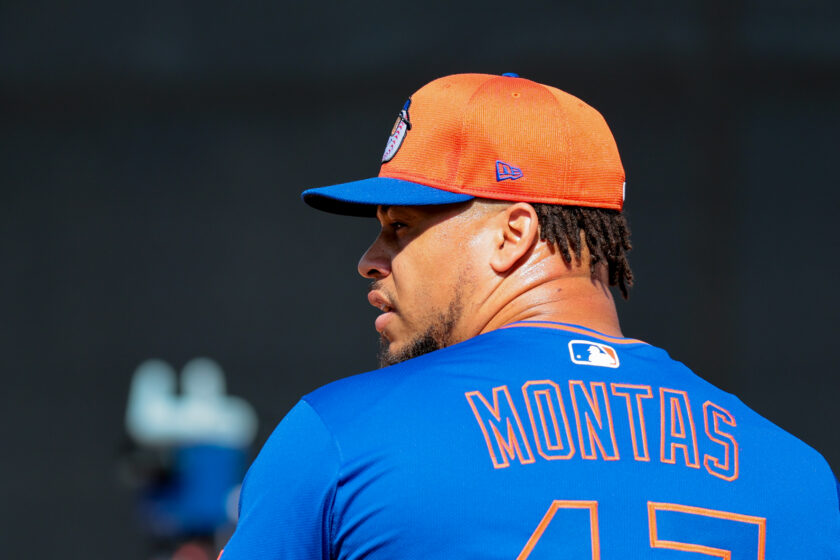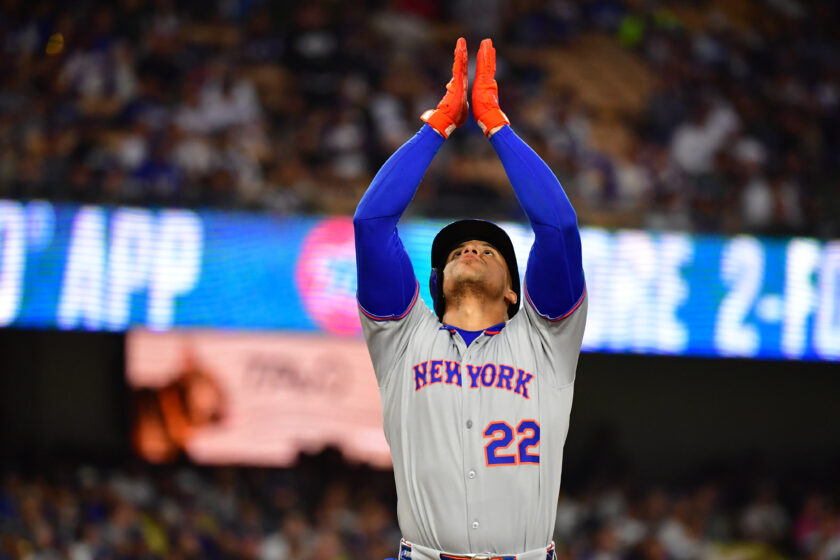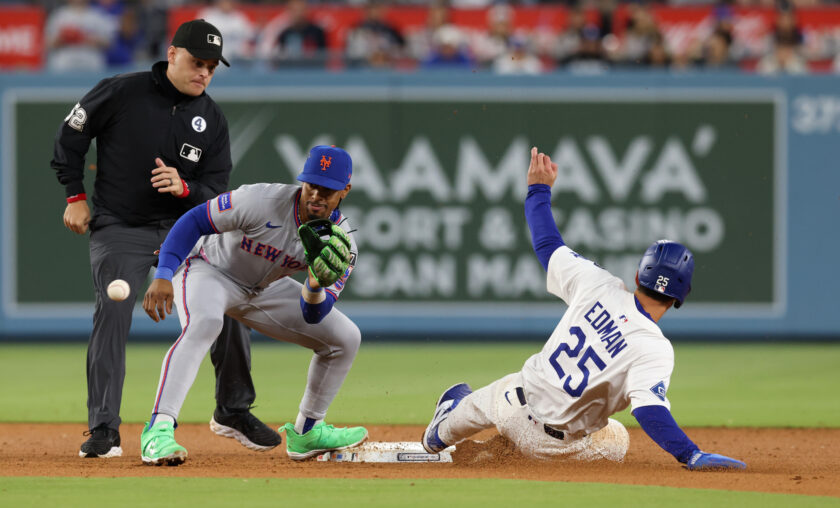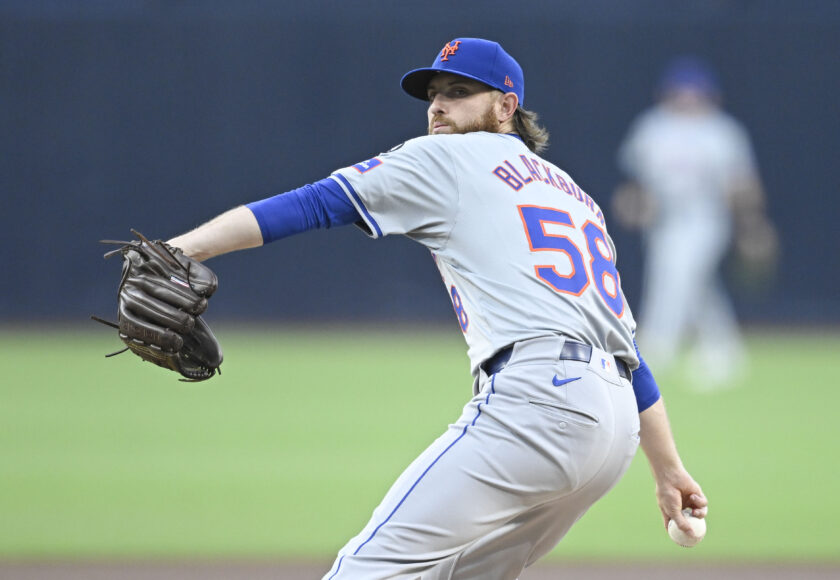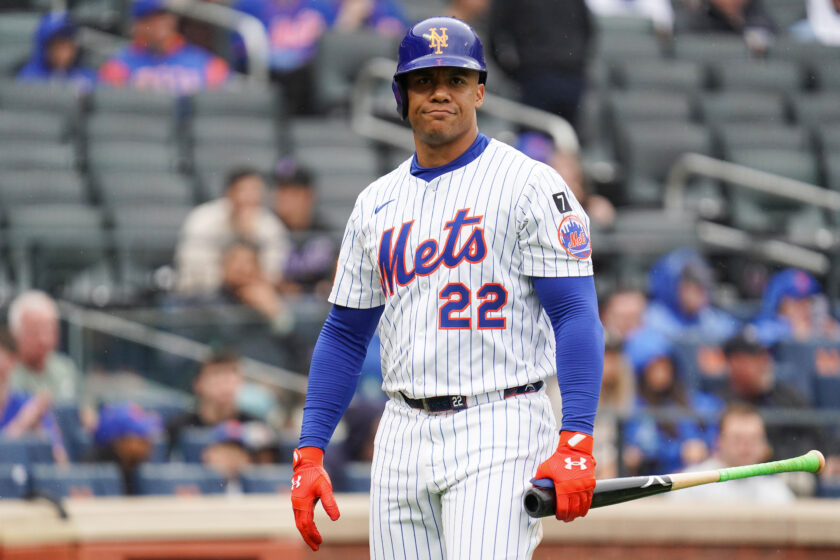Mets offseason outlook: New York faces winter full of crucial decisions
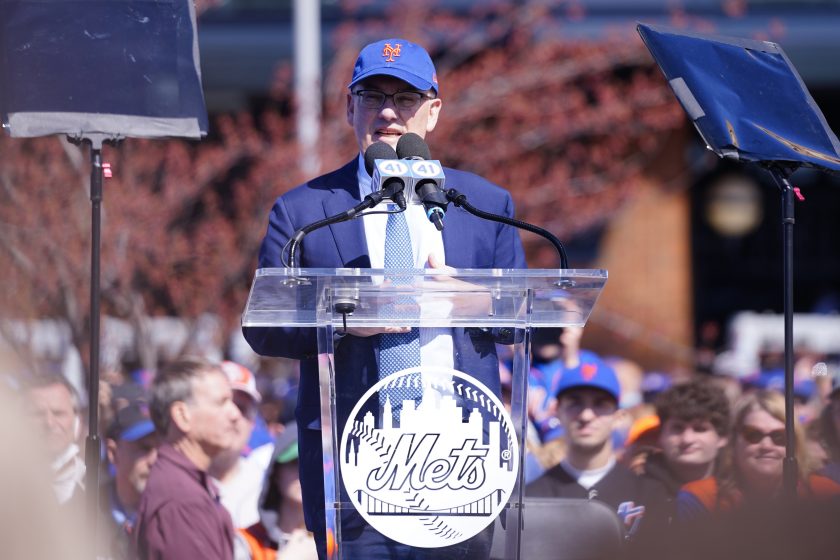
I was hoping we wouldn’t have to start talking about the Mets’ offseason plans for at least another couple of weeks. That’s the way the cookie crumbles sometimes, though, and that’s especially the case in the MLB postseason.
It was most frustrating to watch the Mets’ two biggest strengths for most of this year – the starting rotation and the offense – completely go silent at the most crucial times. Now, after a 101-win season that we’ll dissect a little more below, owner Steve Cohen, manager Buck Showalter, and general manager Billy Eppler will forge ahead in what could be one of the most important offseasons in franchise history.
And, before anyone asks again, we’ll nip this in the bud. Despite what transpired over the final two weeks, Showalter and Eppler aren’t in danger of losing their jobs. The Mets also aren’t expected to search aggressively for a President of Baseball Operations. So, Eppler will be the one leading the charge.
Before we dive into specifics about the 2022 regular season, the postseason, and what lies ahead for the Amazins, let’s see what the organization’s estimated payroll situation looks like for next season.
Mets players under contract for 2023
Thanks to last offseason’s spending spree right before the MLB lockout, New York has a number of players already under contract for next season. This includes fan favorites James McCann and Darin Ruf (yes, I’m kidding). Here’s who is coming back (at the moment, at least) and what their salary looks like, via Spotrac:
- Max Scherzer: $43,333,333
- Francisco Lindor: $34,100,000
- Starling Marte: $20,750,000
- James McCann: $12,150,000
- Mark Canha: $11,166,666
- Eduardo Escobar: $9,500,000
- Darin Ruf: $3,000,000
Doing math with big numbers is hard, so I did it for you all. The above salaries suss out to $147,999,999. This is obviously a very small piece of the puzzle because the Mets have several other players who also need to get paid next year.
Arbitration-eligible & pre-arbitration players
New York heads into the winter with eight players eligible for arbitration. We won’t know exactly how much their collective salaries will be until the spring, but there can be some educated guesses. Thankfully, MLB Trade Rumors does the Lord’s work by doing that for us. Here are the Mets’ arbitration-eligible players and their projected salaries for 2023:
- Daniel Vogelbach: $2,900,000 (this can be bypassed if his $1.5 million club option is exercised)
- Tomas Nido: $1,600,000
- Dominic Smith: $4,000,000
- Jeff McNeil: $6,200,000
- Joey Lucchesi: $1,150,000
- Drew Smith: $1,200,000
- Pete Alonso: $15,900,000
- Luis Guillorme: $1,500,000
The total of these projected figures (using Vogelbach’s $1.5 million option) is $33,050,000. If that’s added to the prior number we already established, the Mets’ salary stands in the vicinity of $181,049,999.
This doesn’t include players who are eligible for arbitration for the first time. This would include Terrance Gore, David Peterson, and Joely Rodriguez. The only obvious non-tender candidate at the moment — unless we hear otherwise — is Dominic Smith.
On top of that, there are also pre-arbitration players on New York’s roster. Among others, this includes Tylor Megill and Sean Reid-Foley. I’ll also throw in guys like Brett Baty, Mark Vientos, Francisco Alvarez, and Bryce Montes de Oca into the mix here since they each made their MLB debuts in 2022. MLB’s minimum salary increased to $700,000 in 2022 after the most recent Collective Bargaining Agreement.
Mets with player/team options
This is where things start to get interesting. The player who has seen their impending contract status get the most publicity is starting pitcher Jacob deGrom. He’s scheduled to earn $30,500,000 million next season, but he can opt-out of his contract following the World Series. And unless he’s changed his mind along the way, the right-hander will be looking for a new contract.
Here are the other Mets players with some kind of option that needs a decision:
- Chris Bassitt: $19,000,000 mutual option
- Carlos Carrasco: $14,000,000 team option
- Taijuan Walker: $7,500,000 player option
- Mychal Givens: $3,500,000 mutual option
- John Curtiss: $775,000 club option
Projected free agents
More players will be added to this list once decisions on options are made. But still, there are already several important contributors to the Mets’ 2022 squad who are about to hit the open market.
Here’s a quick rundown, with the most important dudes at the top:
- Edwin Diaz
- Brandon Nimmo
- Seth Lugo
- Adam Ottavino
- Trevor May
- Trevor Williams
- Tyler Naquin
- Tommy Hunter
Retained/deferred salaries
When it comes to deferred contracts, the only former player anyone ever thinks of is Bobby Bonilla. MLB teams deferring player salaries is actually quite common, though.
Bonilla will continue getting his $1,193,248 from Cohen each July 1st until 2035. But he’s got company on this list. Bret Saberhagen will get $250,000, and Robinson Cano will earn $20,250,000.
Cano’s salary won’t hinder the Mets’ offseason plans as much as it would’ve with the Wilpon family in charge. However, paying him $20 million to not play for the Mets puts a small damper on what they’d like to accomplish this winter.
Current projected 2023 payroll
Based on the numbers we’ve laid out above, we can get an estimated idea of the Mets’ 2023 payroll. If we add everything together (including the projected arbitration salaries), New York is at $278,018,247. But if we take out all of the impending options that need a decision, the Mets are at $202,743,247.
For an organization that had MLB’s highest payroll in 2022 at $282,709,866 (according to Spotrac), it’ll be another year of spending for Steve Cohen and Co. to work toward their goal of winning a championship.
What happened during the 2022 regular season
It looked like something special was brewing in Queens for the first five months of the 2022 regular season. While the Mets watched a 10.5-game divisional lead get reduced to three games at the start of September, they were still playing good baseball. We, unfortunately, saw what happened from there, but it’s worthwhile to discuss what this team did do well.
What eventually did Showalter’s squad in was a lack of consistency over the final weeks. That’s weird because the Mets were oddly consistent from April through August. New York’s 101 wins are the second-most in franchise history (only the 108 wins in 1986 were better) and just the fourth time they reached the century mark.
The manner in which they got there was also impressive. New York posted a winning record at home and on the road, as well as doing the same thing in each month of the season. Only the ’86 and ’88 squads accomplished something like that. The Mets won more games than they lost in one-run contests (21-15), blowouts (31-19), and extra innings (10-2).
Showalter’s club also found a way to minimize the length of losing streaks. They never lost more than three games in a row. However, the frequency of these three-game losing streaks ticked up in September. Through the end of August, the Mets lost three in a row just twice (once in June and once in July). When the calendar flipped to September, it happened three more times.
Obviously, the biggest backbreaker of all was that series in Atlanta against the Braves. That’s when New York officially surrendered its first-place standing for good. Overall, they spent 175 days in first place and didn’t win a division title. No team has spent more time in first place the past two seasons than the Mets, and they have nothing to show for it.
What happened during the 2022 postseason
The Mets were in line to secure a bye of the Wild Card round throughout much of the regular season. And then over the course of a few weeks, that disappeared and they were the National League’s top Wild-Card team.
But hey, at least they got to host all three games of their matchup with the San Diego Padres with their top three starting pitchers ready to face them, right? As we all know by now, it didn’t go as planned for New York.
Scherzer picked a terrible time for his worst start as a Met. DeGrom kept the hope alive with a Game 2 win, but Bassitt and the offense couldn’t get the job done in Game 3, sending New York home much earlier than anticipated.
It’s a shame because when you look at what the Mets did overall this season, it was a huge step forward as an organization. And despite the disappointment of not winning the NL East title, they still reached the postseason for the first time since 2016 and outperformed preseason expectations.
The same goes for some individual performances. Pete Alonso broke the single-season franchise RBI record, Francisco Lindor had the best shortstop season in Mets history and Edwin Diaz put together one of the most dominant reliever performances we’ve ever seen. Jeff McNeil won a batting title, Eduardo Escobar became the first Met to hit for the cycle in 10 years, the franchise recorded its second no-hitter ever, and there were some ridiculous late-game comebacks we’ll remember for a long time.
However, the sting of an early postseason exit combined with how it all came about over the final month overshadows that. It’s understandable and it should, but when the dust settles, ownership, the coaching staff, and the front office will be able to recognize the progress made.
After all, going from 77-85 in 2021 to 101-61 in 2022 is an eye-opening improvement.
Mets’ biggest decisions this winter & needs for 2023
It’s not hard to see how important this offseason is going to be for the Mets. They play in one of baseball’s toughest divisions and the competition isn’t going to get easier anytime soon. The Braves have locked up young core players for most of the next decade, so one can assume Atlanta is going to be a contender for the foreseeable future.
Should the Mets be doing some version of that? Yes, they should and it starts with McNeil and Alonso. Pairing those two with Lindor over the next few years is a good base for any offense. When looking specifically at 2023, a large chunk of Showalter’s lineup is set.
One area of it that’s unsettled is catcher. James McCann could be a change-of-scenery trade candidate (or thrown into another type of trade). Now that 20-year-old Francisco Alvarez has reached the big leagues, it’ll be interesting to see how the Mets approach his status and where he fits with the club next year.
New York could also use another slugger in the middle of the lineup. Their offense was one of the best in baseball this season, but Alonso was the only true power threat. Does that mean making a run at Aaron Judge? It could, depending on how things go with deGrom. He’s the clear top choice for power on the open market, so maybe the Mets get creative with a trade package to get the power they need. What about Nimmo? His first fully healthy season since 2018 was a success, and the outfielder proved his value in many ways throughout 2022.
The biggest immediate unknown for this club is the pitching staff. Scherzer is the only veteran hurler guaranteed to come back. Peterson and Megill showed they could be part of the solution, but for a win-now team, they’ll want to bring in some hurlers with longer track records to pair with Scherzer. Is that deGrom? If so, how much will it cost? How does it impact the rest of the rotation?
It’s reasonable to believe Walker and Bassitt will opt to test free agency after the seasons they just had. Carrasco could be an interesting decision as a back-end starter, but he did struggle against winning teams this season and didn’t finish strong.
If we switch gears to the bullpen, three of Showalter’s most impactful arms — Diaz, Ottavino, and Lugo — are all headed for free agency. There seems to be mutual interest between New York and Diaz, but it won’t be cheap.
The Mets are in a situation where they’ll likely have to make a substantial financial investment in this roster to remain competitive for 2023 and beyond. The decisions made this winter will put the franchise on a certain trajectory for the foreseeable future, too.
Matt Musico can be reached at matt.musico@xlmedia.com and you can follow him on Twitter: @mmusico8.
Matt Musico is an editor for ESNY. He’s been writing about baseball and the Mets for the past decade. His work has been featured on numberFire, MetsMerized Online, Bleacher Report, and Yahoo! Sports.
